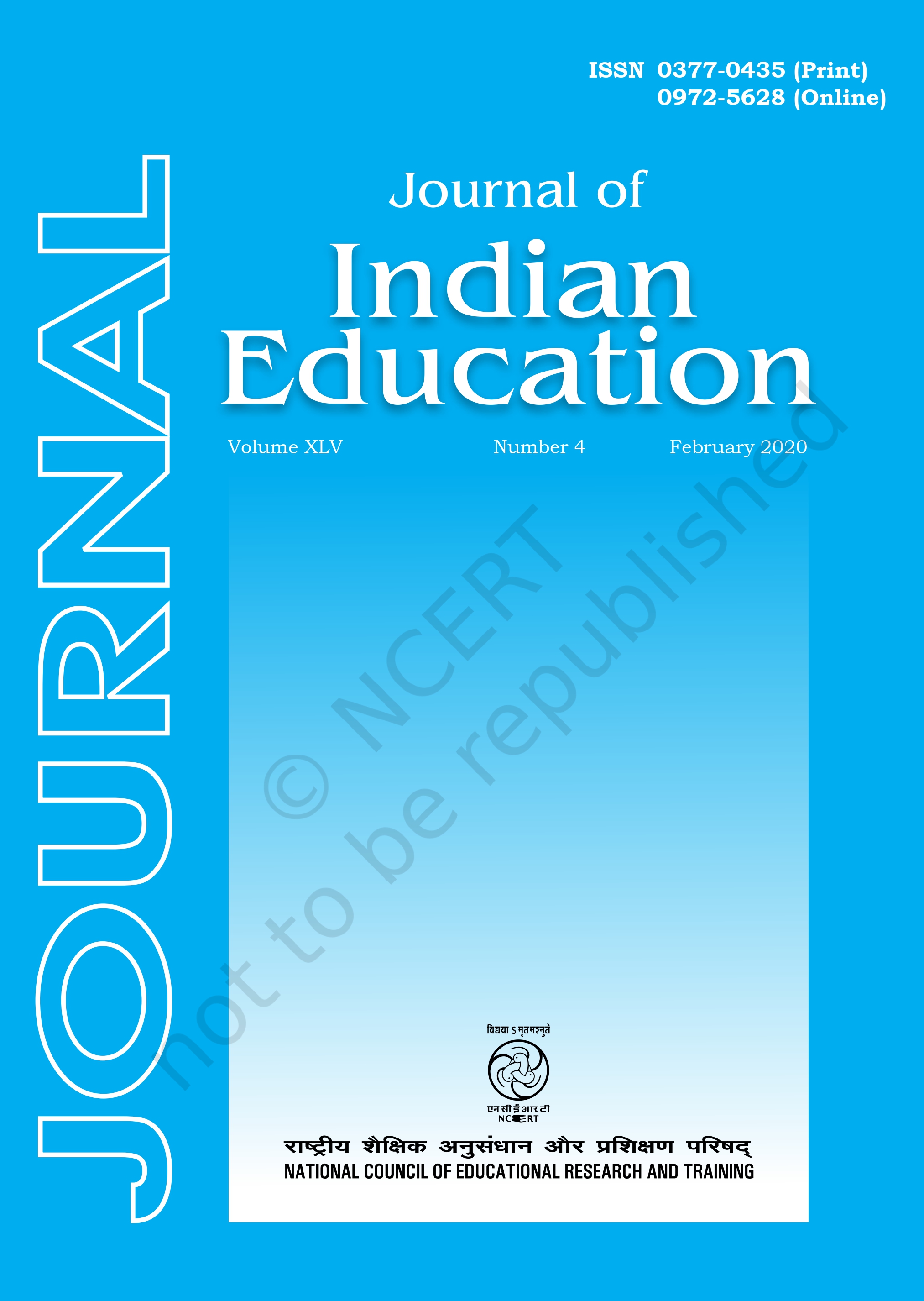Published 2020-02-29
Keywords
- Nature of Science,
- Scientific Literacy
How to Cite
Abstract
It’s been more than 100 years now since the term ‘Nature of Science (NOS)’ is being emphasised in the field of science education. Central Association of Science and Mathematics Teachers advocated NOS as an important goal for studying science as early as 1907. Science education reform documents worldwide such as Science for All Americans (AAAS, 1990), Benchmarks for Science Literacy (AAAS, 1993) and National Curriculum Framework (NCF-2005) suggest NOS as an important educational outcome. National Science Teachers Association, NSTA (1982) regarded understanding NOS as one of the critical components of scientific literacy. In such a scenario, the research in this area also has to be on the priority. The focus of the research has been different areas ranging from developing assessment tool on NOS, evaluating students’ and teachers’ understanding to studying the impact of curriculum and instruction. The early research in this area has been confined to measuring students’ attitudes, interest or ability to engage in the process of science. Gradually the focus of the research shifted to epistemological conception of nature of science, that is, science as a way of knowing, values and beliefs inherent to scientific knowledge and its development. With this focus the instruments designed to measure the nature of science became more open ended. This paper presents an overview of several emerging research trends on Nature of Science.

